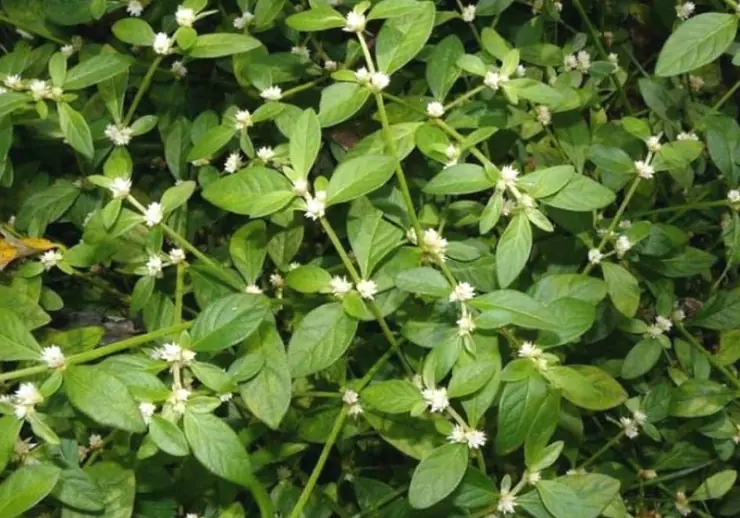
Easy Clove Growing: Seed to Spice

Growing a clove plant from cloves is a rewarding yet patient process that involves several essential steps—from germinating the seeds to planting and caring for the young plants. While cloves are most commonly known as a spice, they are actually the dried flower buds of the Syzygium aromaticum tree. If you're interested in growing your own clove tree, here’s a comprehensive and expanded guide to get you started.
1. Germinating Clove Seeds
Materials You’ll Need:
-
Fresh, healthy clove seeds (not dried cooking cloves)
-
Small pots or seed trays
-
Well-draining potting soil
-
Warm water
-
Plastic wrap or a transparent humidity dome
-
Spray bottle (optional)
Steps to Germinate Clove Seeds:
Step 1: Selecting Viable Clove Seeds
Start by choosing fresh, plump, and undamaged clove seeds. It's important to note that cloves sold as a spice are usually dried and will not germinate. Fresh seeds are typically available from nurseries or tropical plant suppliers.
Step 2: Soaking the Seeds
Soak the clove seeds in warm water for 24 hours. This softens the seed coat and encourages faster germination by initiating internal processes.
Step 3: Preparing the Pots or Trays
Fill small pots or seed trays with a well-draining potting mix. Coconut coir mixed with perlite or sand is ideal, as it provides both moisture retention and drainage.
Step 4: Planting the Seeds
Plant each soaked seed about 1 inch (2.5 cm) deep into the soil. If using trays, space the seeds at least 2 inches apart to allow root growth.
Step 5: Creating a Greenhouse Effect
Cover the pots or trays with plastic wrap, a clear plastic lid, or place them inside a propagator to maintain humidity and warmth. This mimics tropical conditions where clove trees naturally thrive.
Step 6: Providing Optimal Conditions
Place the covered containers in a warm area with indirect sunlight. Keep the soil consistently moist—never soggy—by misting with a spray bottle or gently watering.
Step 7: Germination Period
Clove seeds can take anywhere from 2 to 6 weeks to sprout. Be patient and avoid uncovering them too soon. Once the seedlings begin to emerge, remove the cover to improve air circulation and reduce the risk of mold.
2. Transplanting Clove Seedlings
Materials Needed:
-
Larger pots with good drainage holes
-
Rich, well-aerated potting mix
-
Organic or balanced slow-release fertilizer
Steps to Transplant:
Step 1: Wait for Strong Seedlings
Only transplant when the seedlings have at least two sets of true leaves and appear strong enough to handle the move.
Step 2: Prepare the Growing Containers
Fill larger pots with a fertile, well-draining potting mix. You can enrich the soil with compost or organic matter to support growth.
Step 3: Transplant Gently
Carefully transfer the seedlings into the new pots without disturbing their delicate roots. Water immediately after transplanting to help them settle.
Step 4: Fertilization
Feed the young plants with a diluted organic fertilizer or a balanced slow-release formula every few weeks during the growing season.
3. Caring for Clove Plants
Clove trees are native to tropical climates and require consistent warmth, humidity, and gentle care to thrive.
Light and Temperature
Clove plants prefer partial shade and do best in warm, humid conditions. Ideal temperatures range from 60°F to 90°F (15°C to 32°C). Avoid exposing the plant to frost or sudden temperature drops.
Watering Routine
Maintain moist—but not soggy—soil. Water thoroughly when the top inch of soil feels dry. Using a moisture meter can help prevent overwatering.
Humidity Requirements
Since clove trees are native to humid environments, it's beneficial to maintain high humidity levels. You can:
-
Mist the plant daily
-
Group plants together
-
Use a pebble tray with water
-
Run a humidifier nearby
Pruning for Shape and Health
Occasional pruning encourages bushier growth and removes any dead or damaged leaves or stems. Use clean, sharp scissors or pruners.
4. Harvesting Cloves
Clove trees are slow-growing and can take at least 6 to 8 years to start flowering and producing cloves. Patience is crucial.
When and How to Harvest:
-
Harvest the flower buds when they turn pink or reddish, just before they open into full flowers.
-
Pick them by hand and spread them out in a shaded, well-ventilated area to dry.
-
Once fully dry, the cloves will turn a dark brown color and are ready for storage or use.
Final Tips and Encouragement
Growing a clove plant from seed is a long-term project that requires dedication, patience, and a tropical-like environment. However, the satisfaction of nurturing a spice-producing tree from seed to harvest is incredibly rewarding. With the right care, your clove plant could one day supply you with your own homegrown cloves!
If you found this guide helpful or inspiring, don’t forget to share it with fellow garden enthusiasts or aspiring growers!
News in the same category

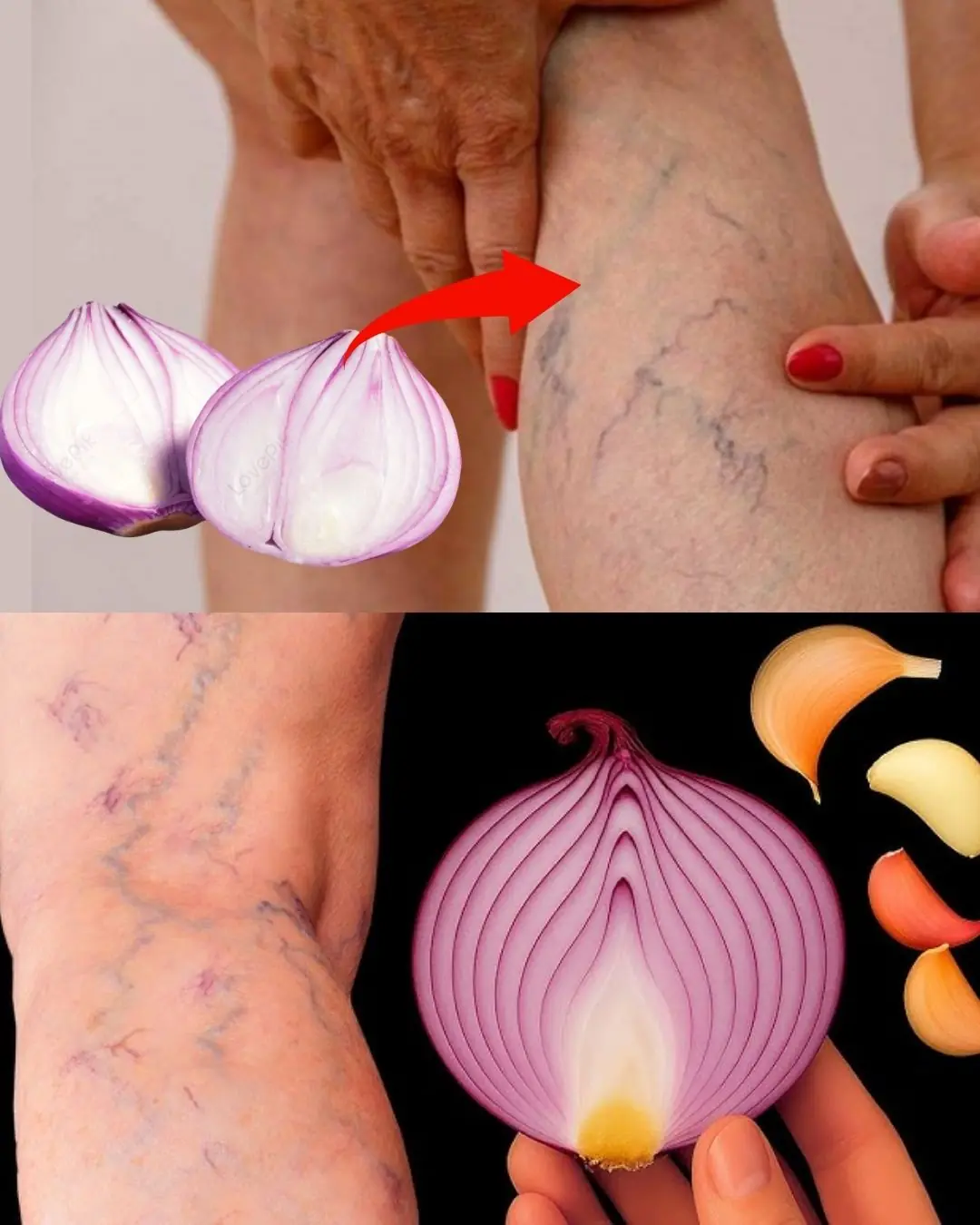
✨ Unbelievable! This Is a Vein Killer! Erase Varicose Veins Like an Eraser! 🔝 2 Natural Recipes 🤩
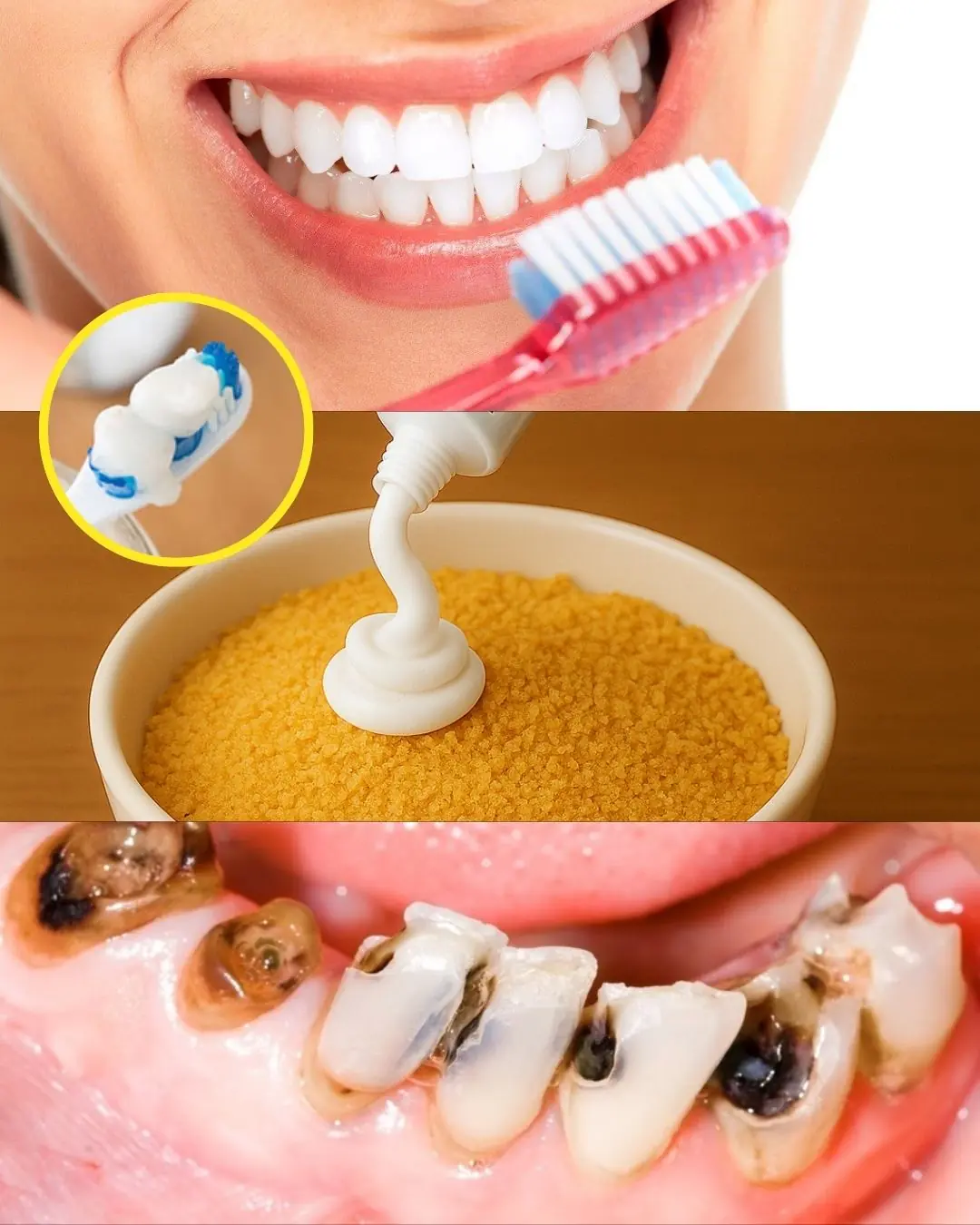
Reverse Cavities Naturally with This Secret
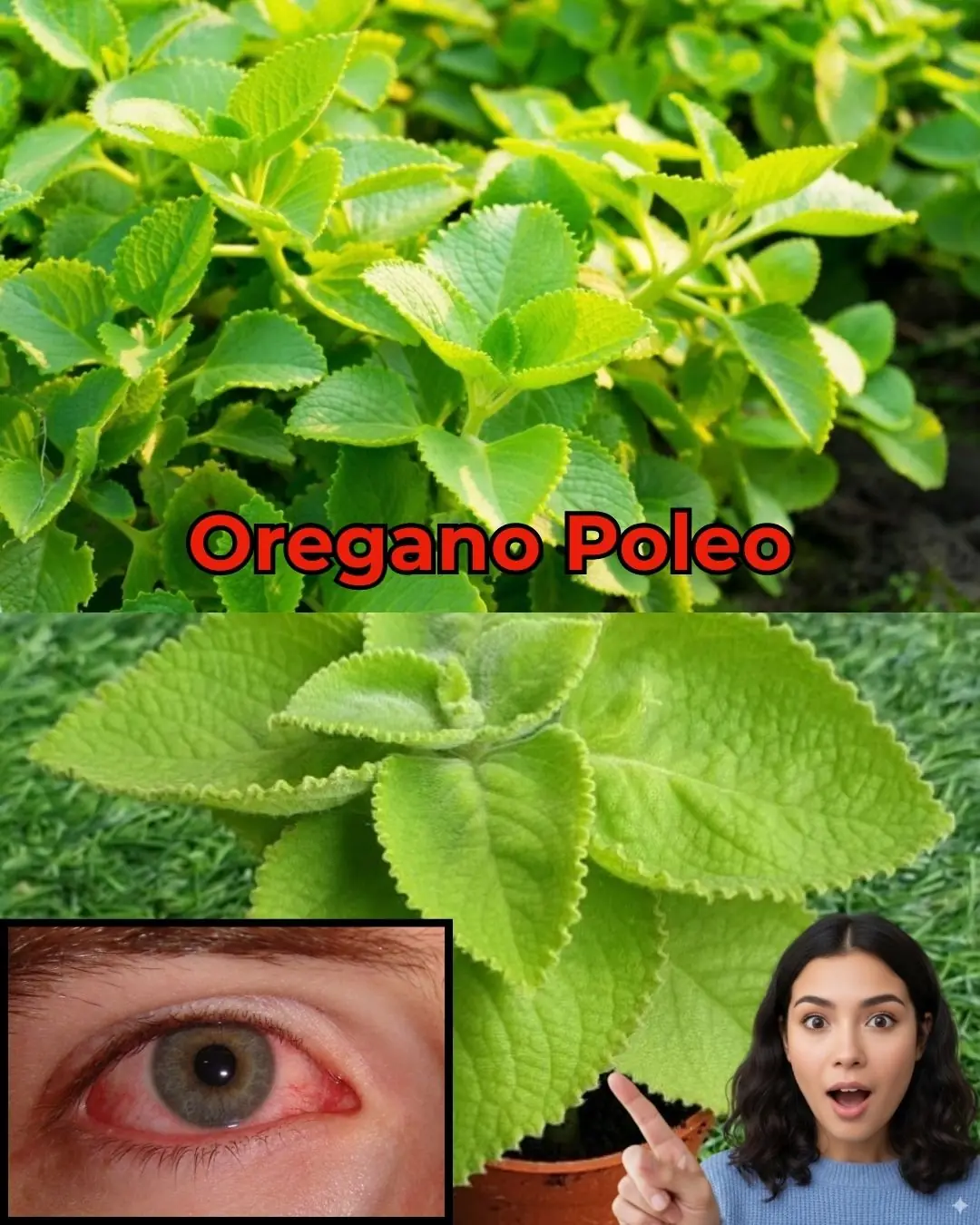
12 Potent Uses of Oregano Orejón for Health and Vision
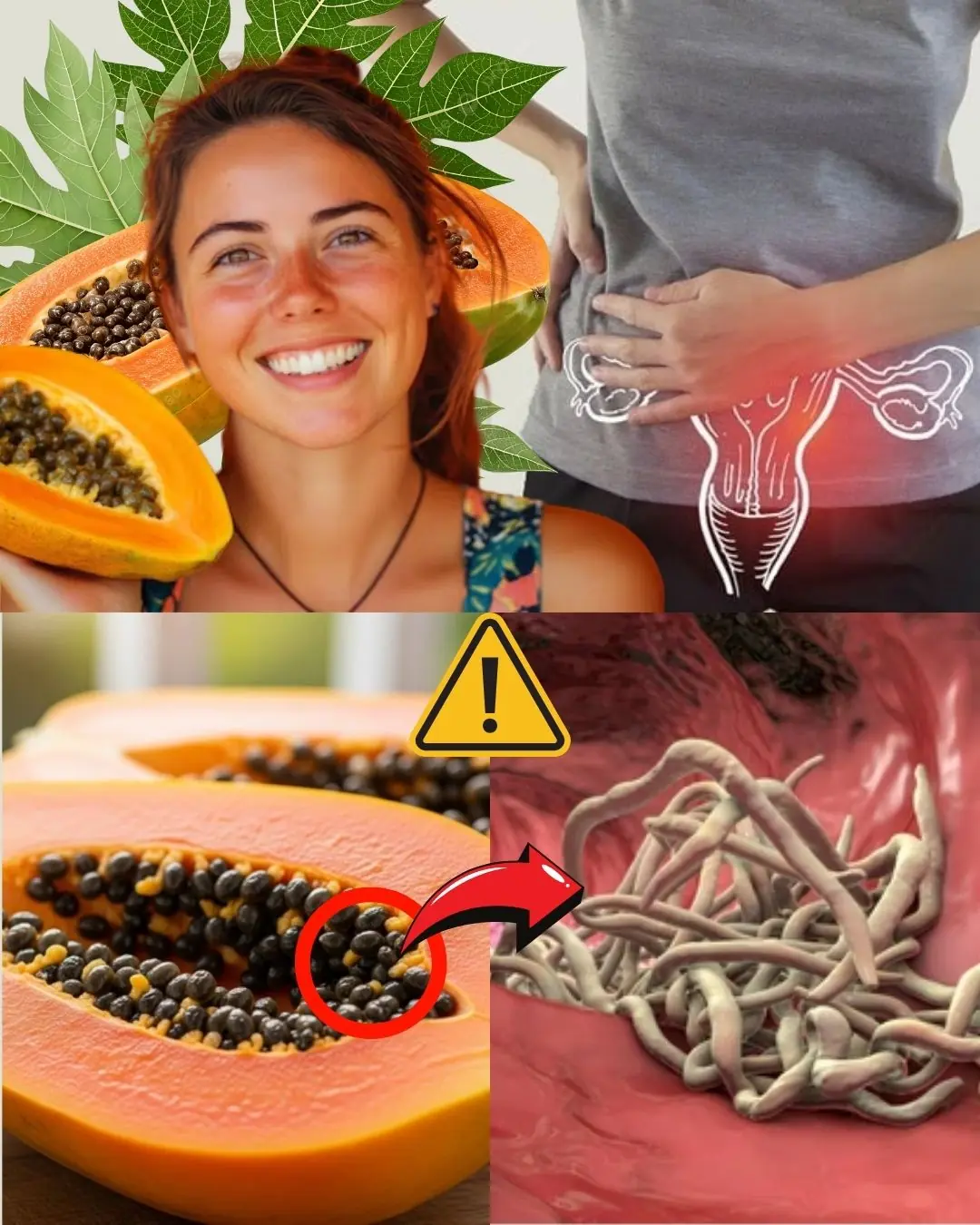
How Papaya Seeds Can Erase 10 Common Health Issues!
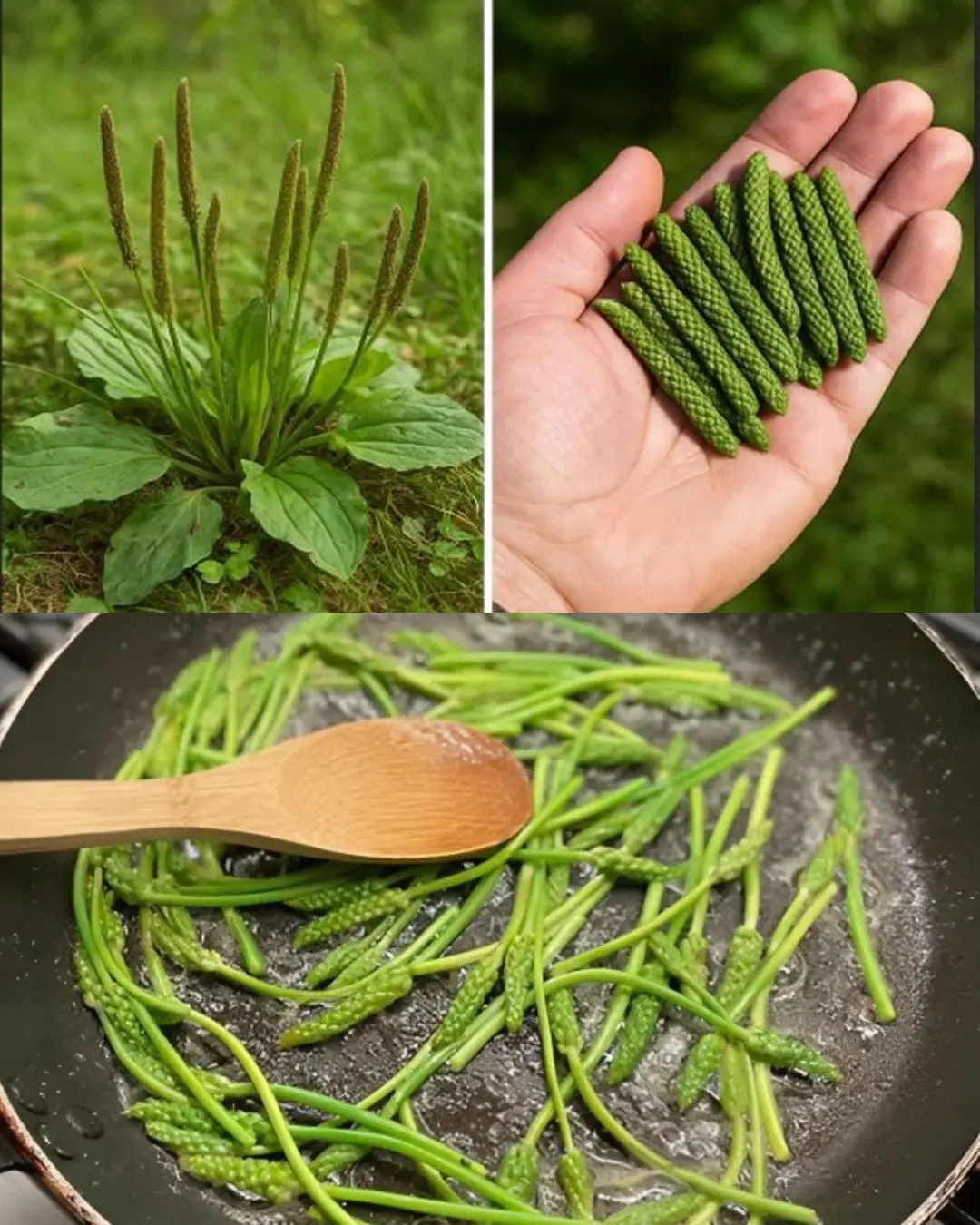
Broadleaf Plantain (Plantago major): Very Common, Very Powerful
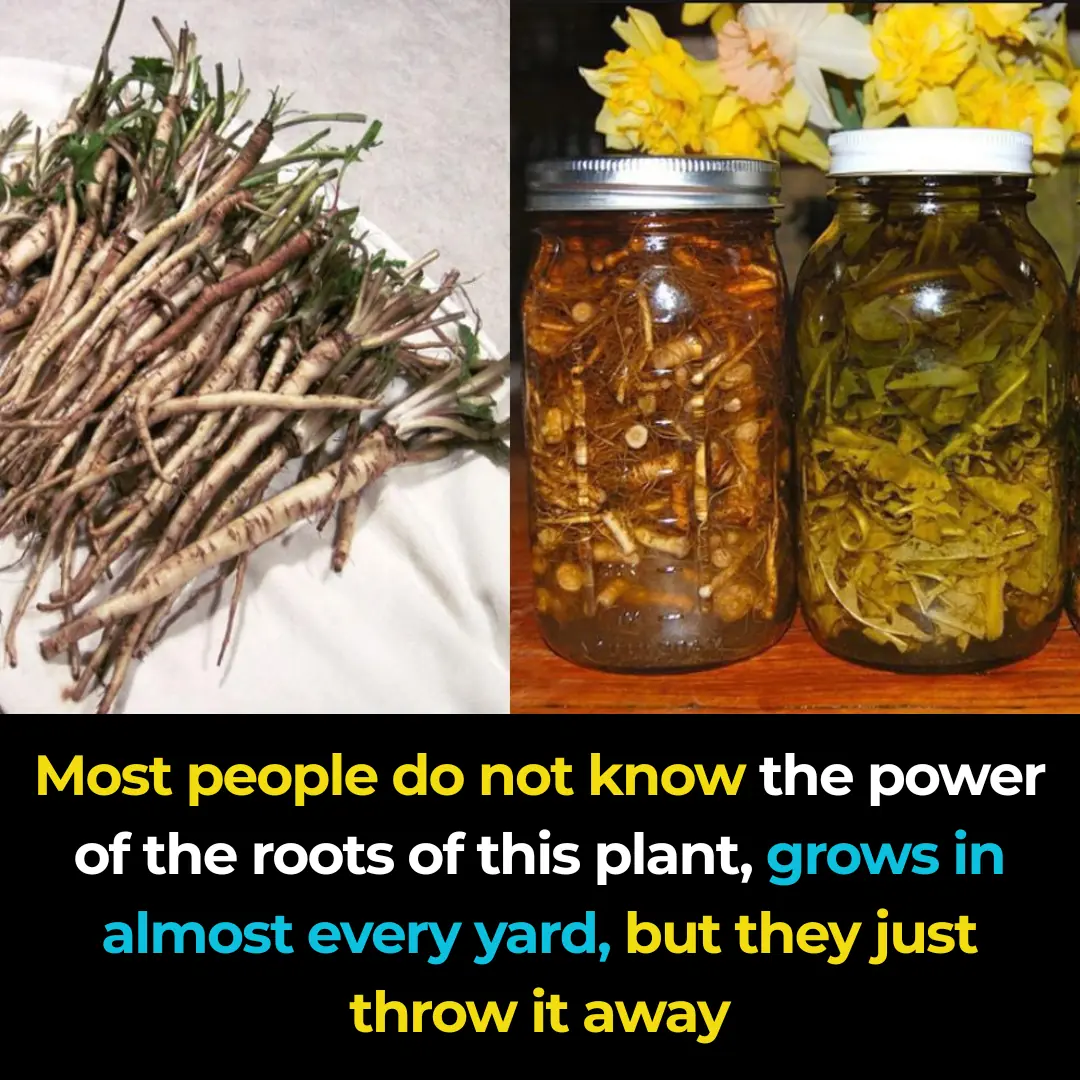
Dandelion roots are the most important part of the plant
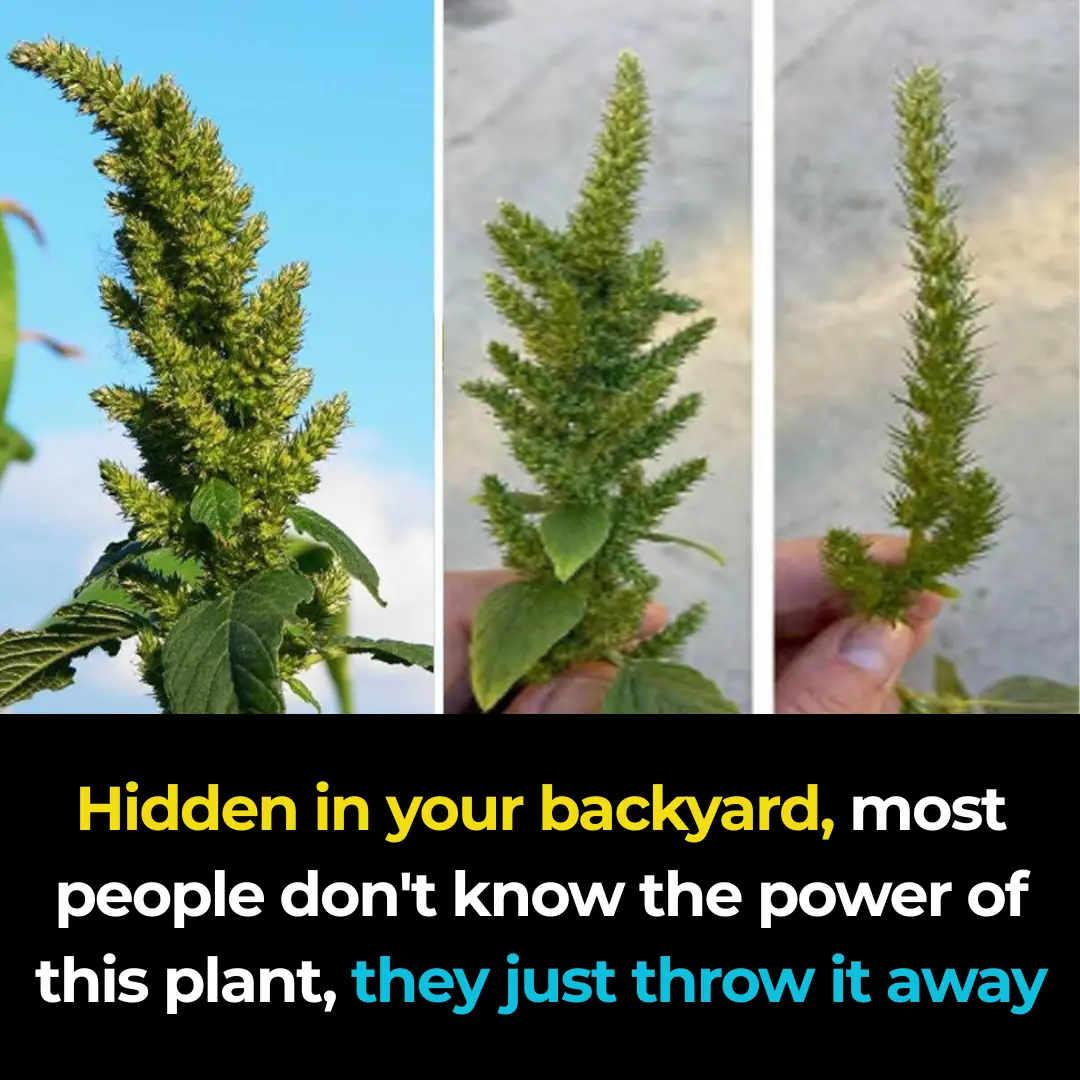
9 Things About Bledo Blanco (Amaranthus albus)

5 Homemade Turmeric Face Washes for all Skin Type
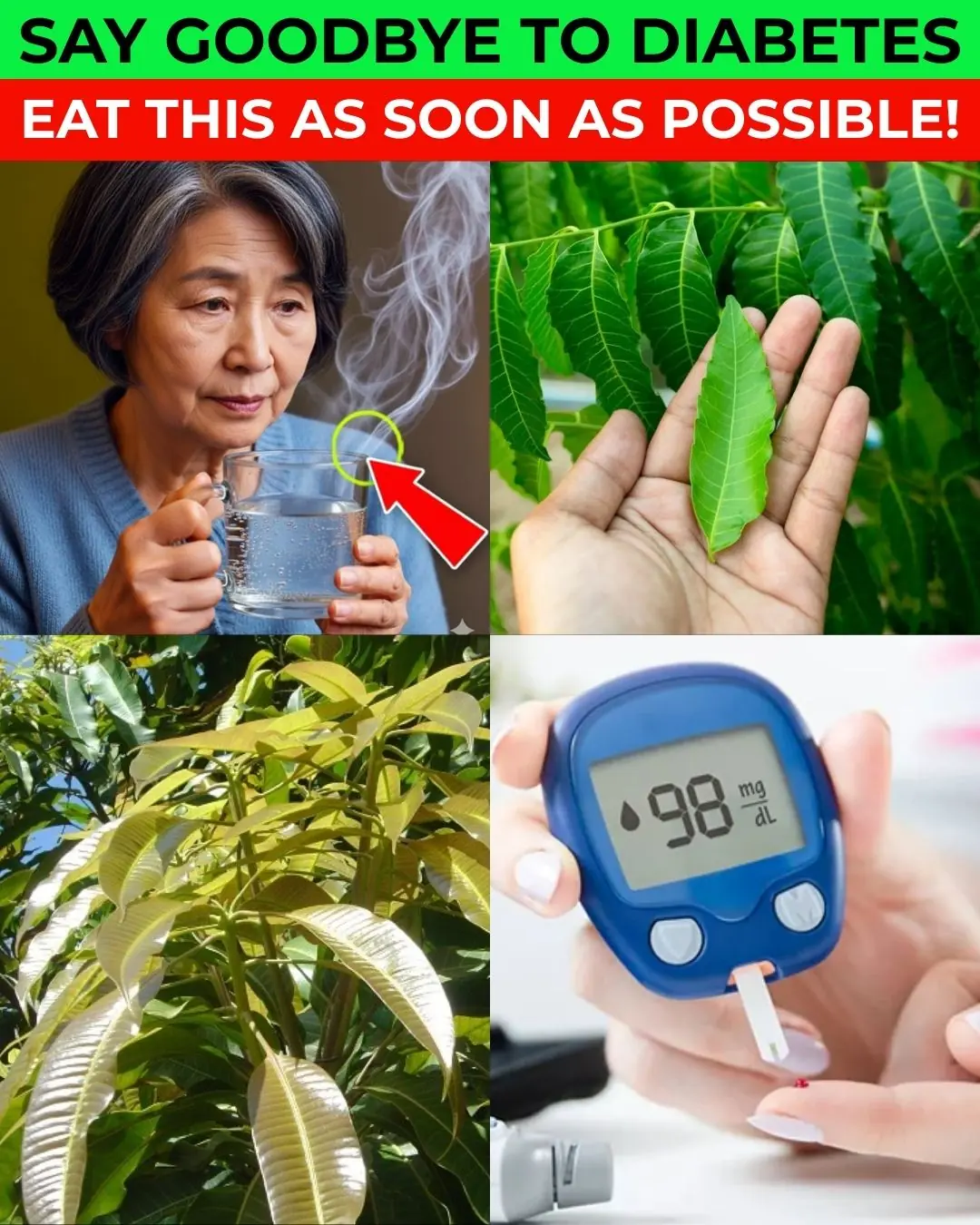
13 Powerful Leaves That Help Manage Diabetes Naturally

7 Powerful Fruits That May Help Prevent and Fight Cancer
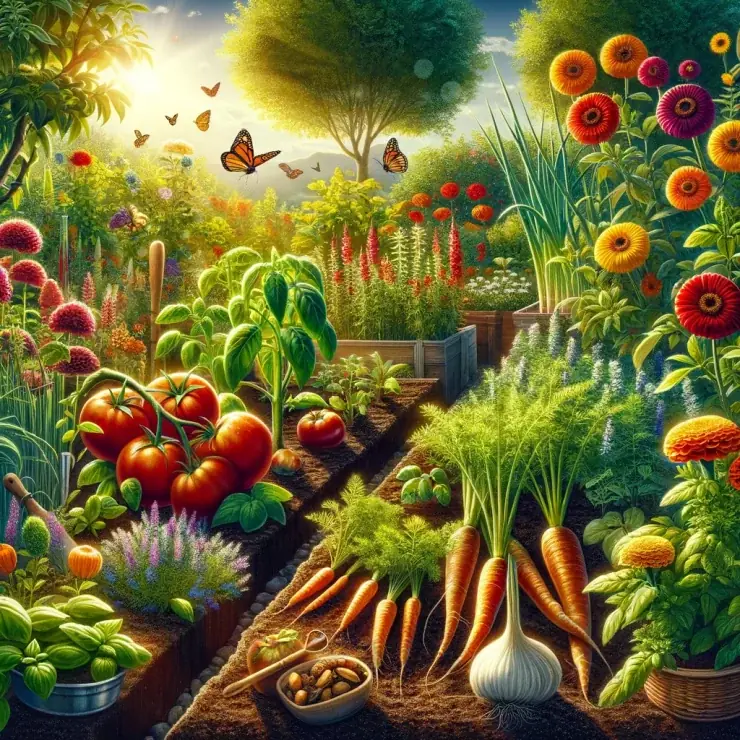
Secrets of Companion.Tomatoes Hate Cucumbers.Planting Combinations.
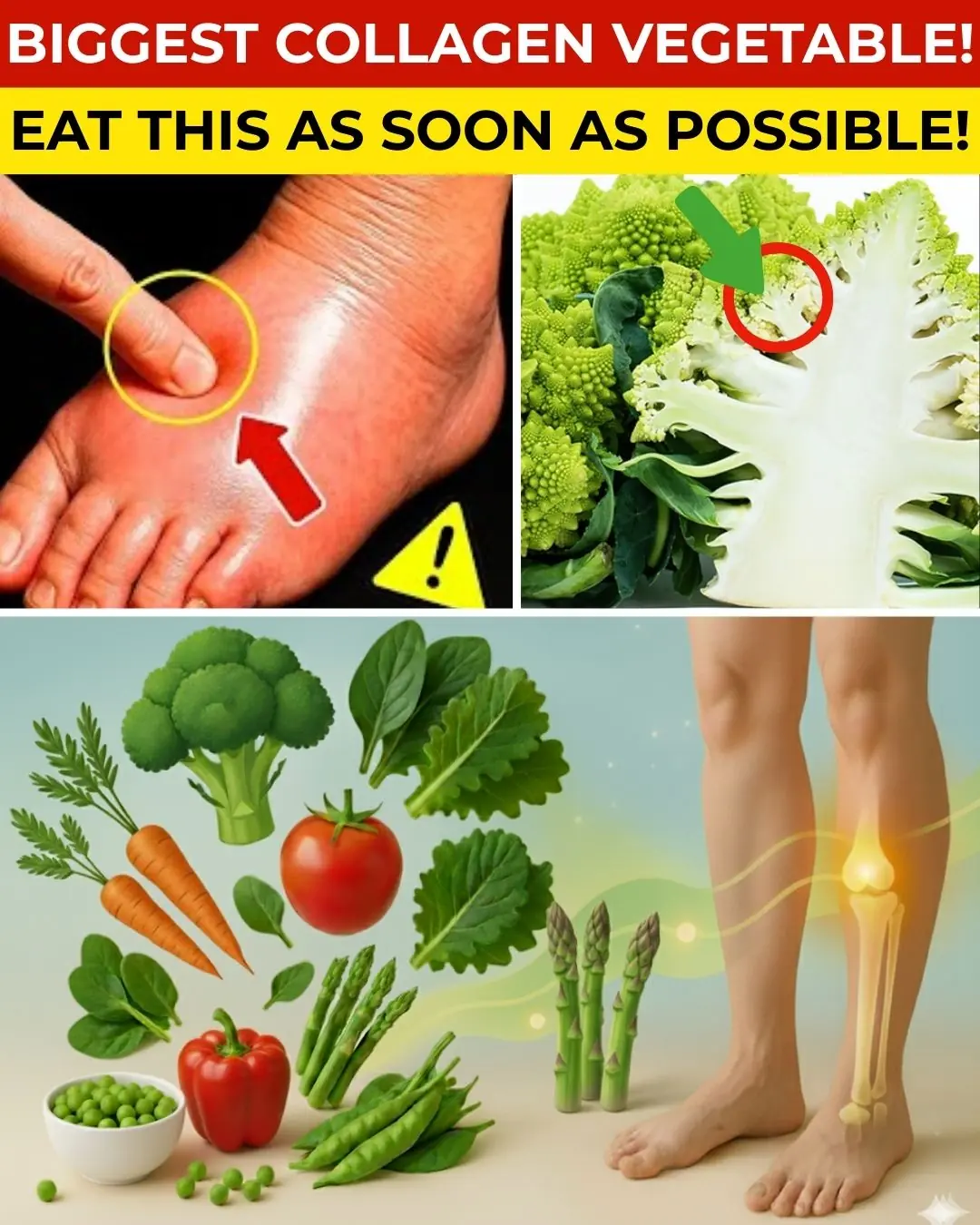
8 Collagen-Boosting Veggies to Ease Leg and Joint Swelling
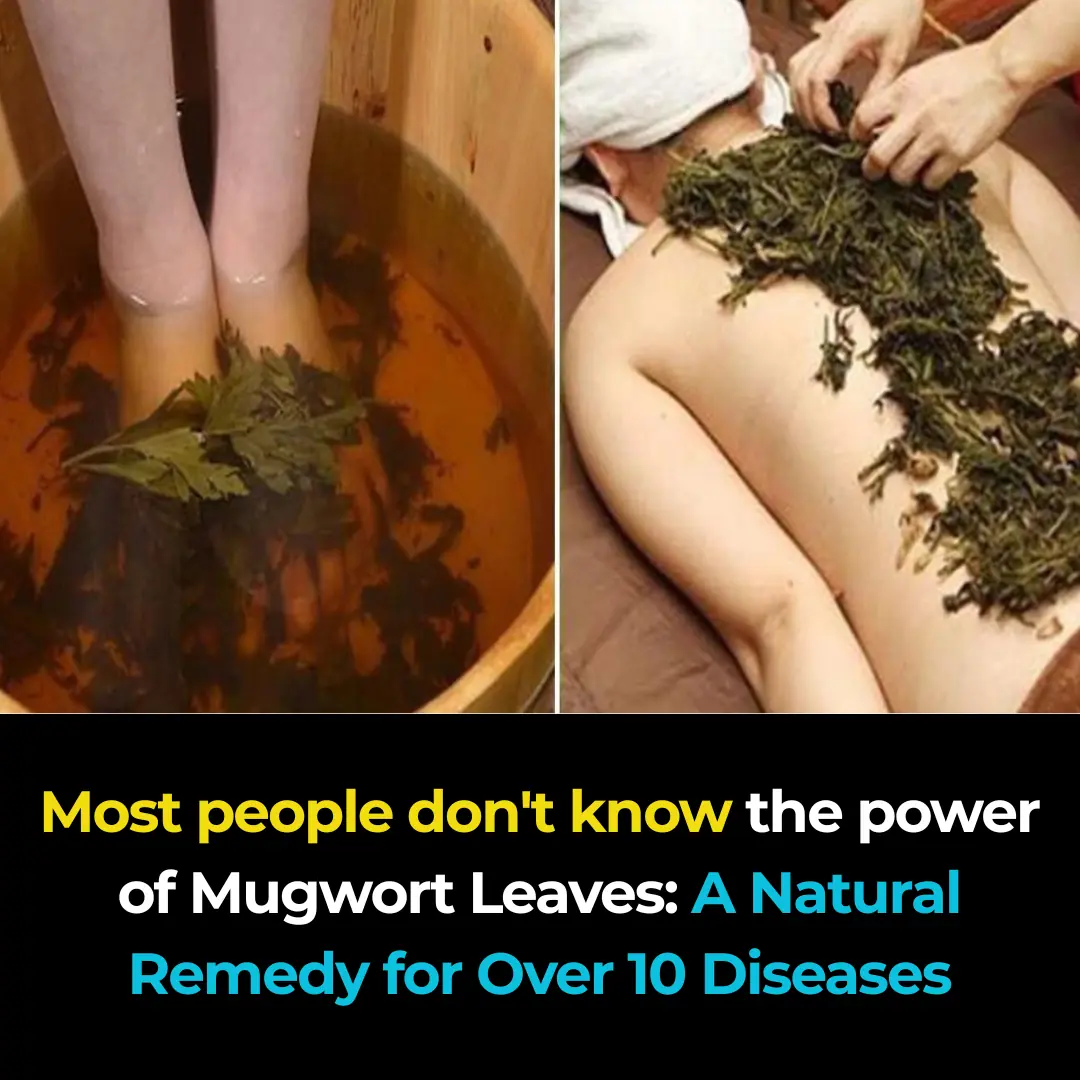
Mugwort Plant: Benefits, Properties, and Uses
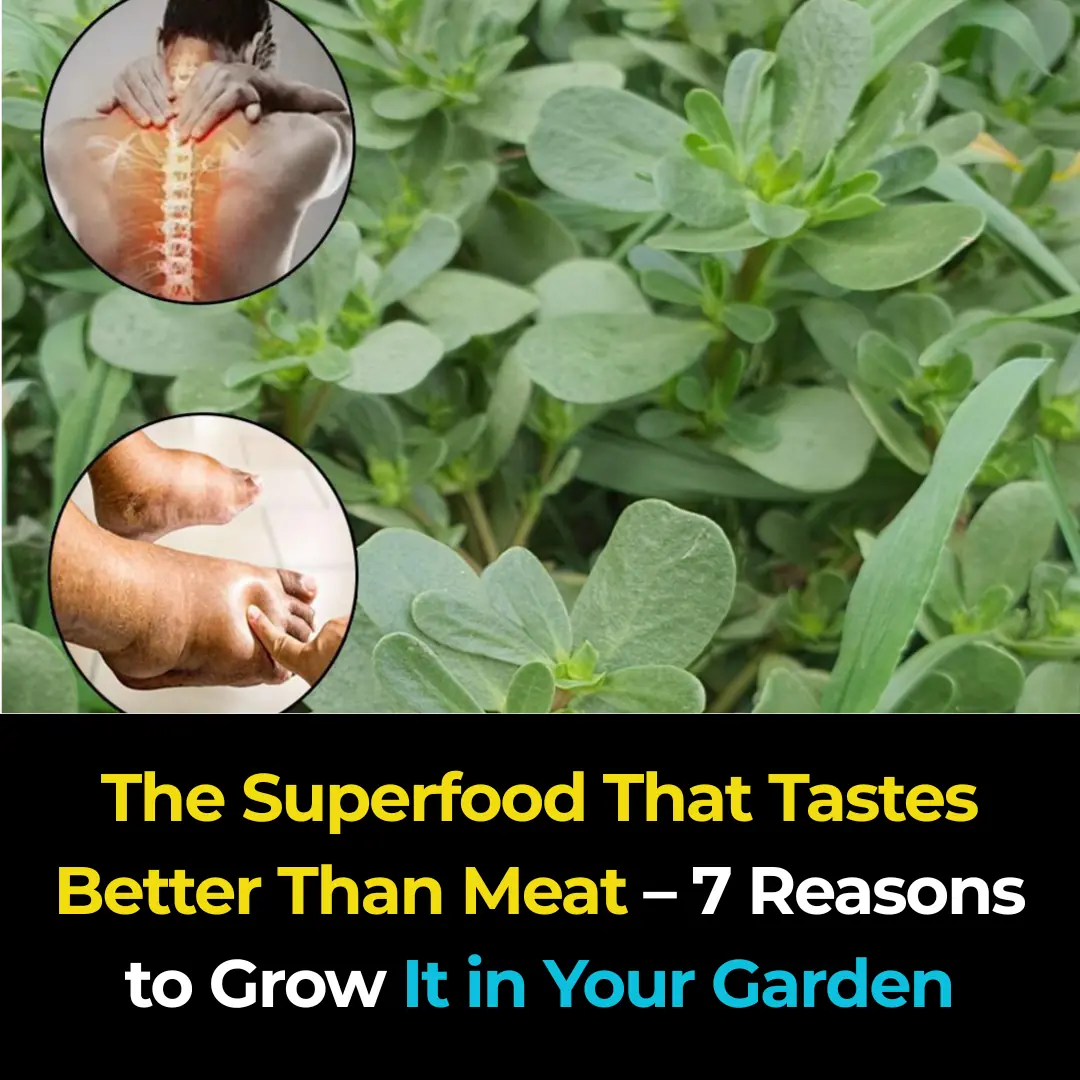
Purslane: The Superfood That Tastes Better Than Meat – 7 Reasons to Grow It in Your Garden
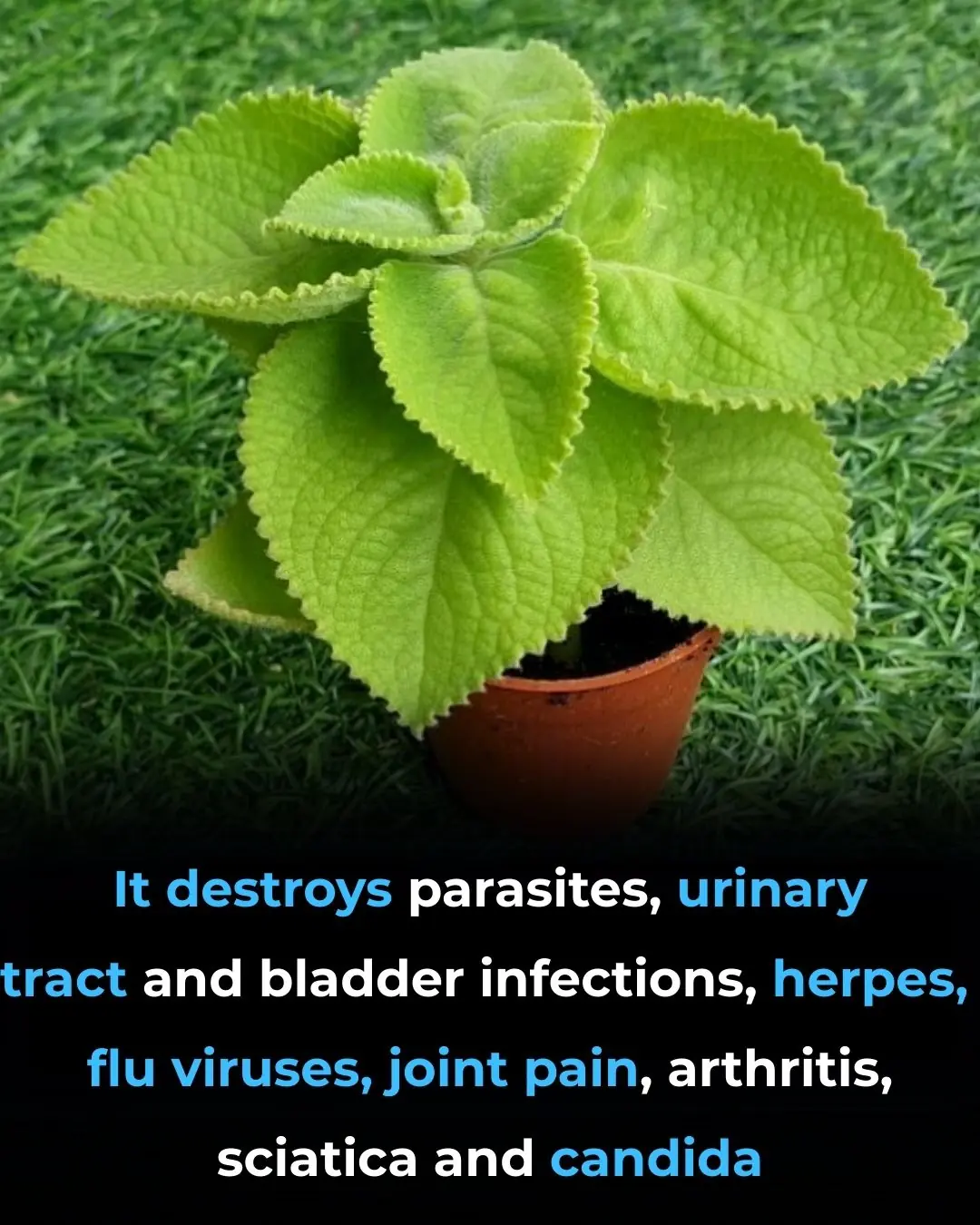
🌿 Oregano: Nature’s Small but Mighty Healer
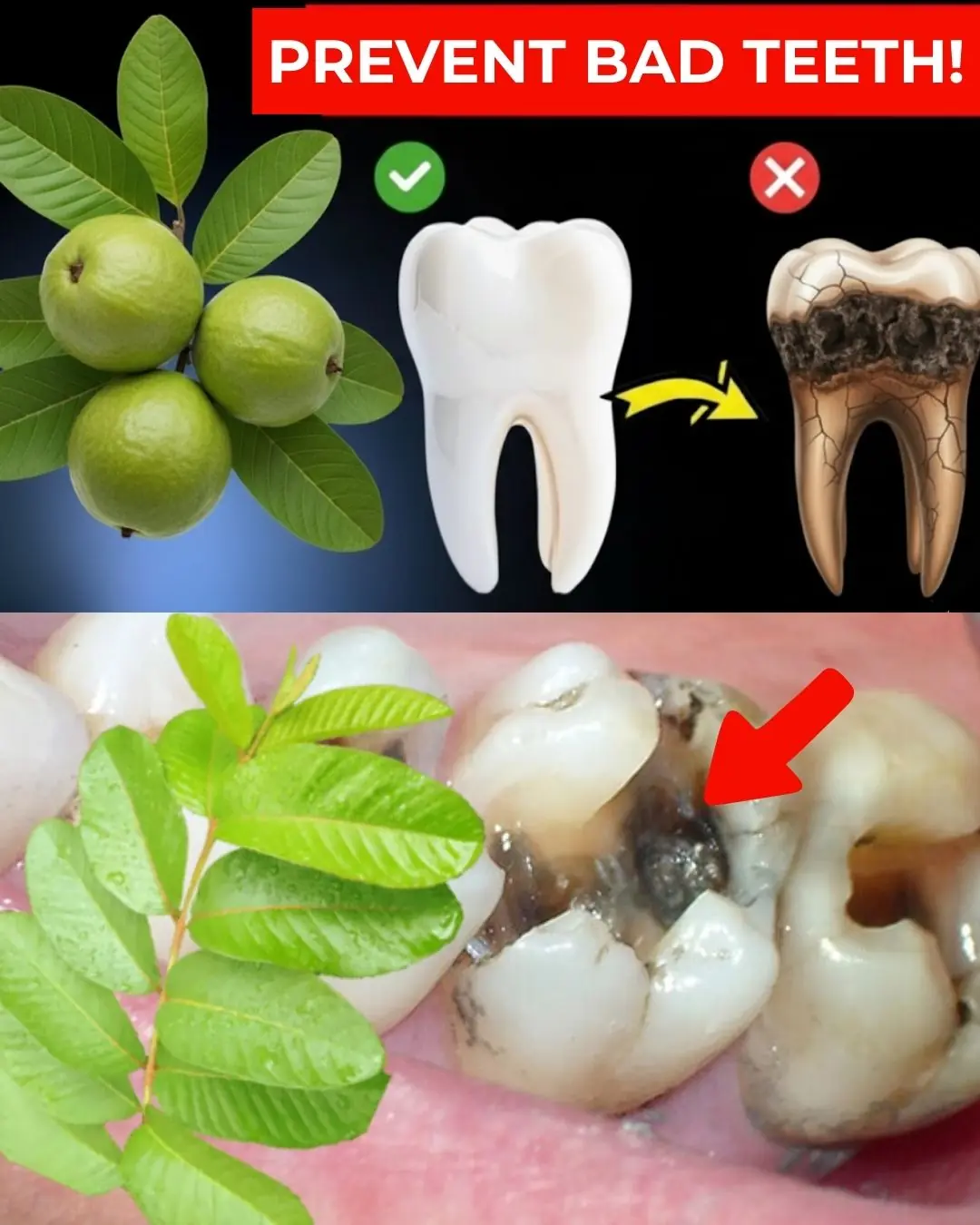
Top 3 Ways to Treat Tooth Decay with Guava Leaves – Simple and Cost-Effective
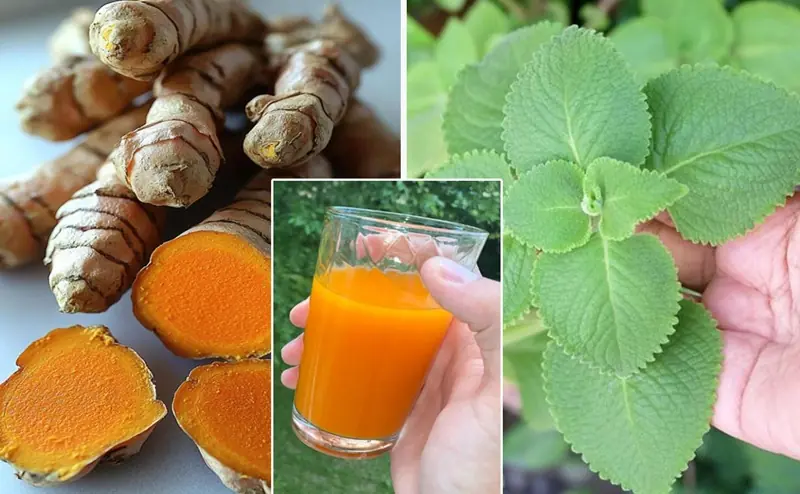
Turmeric, Cuban Oregano, and Banana Drink: Natural Remedy for High Blood Pressure, Diabetes, and Poor Circulation
News Post

MAHA Chief Medical Advisor Dr. Aseem Malhotra Just Declared That No One Should Have Ever Taken the COVID mRNA Vaccines.

New mRNA Shot Turns Immune Cells Into Cancer-Killers Directly Inside the Body, Study Finds
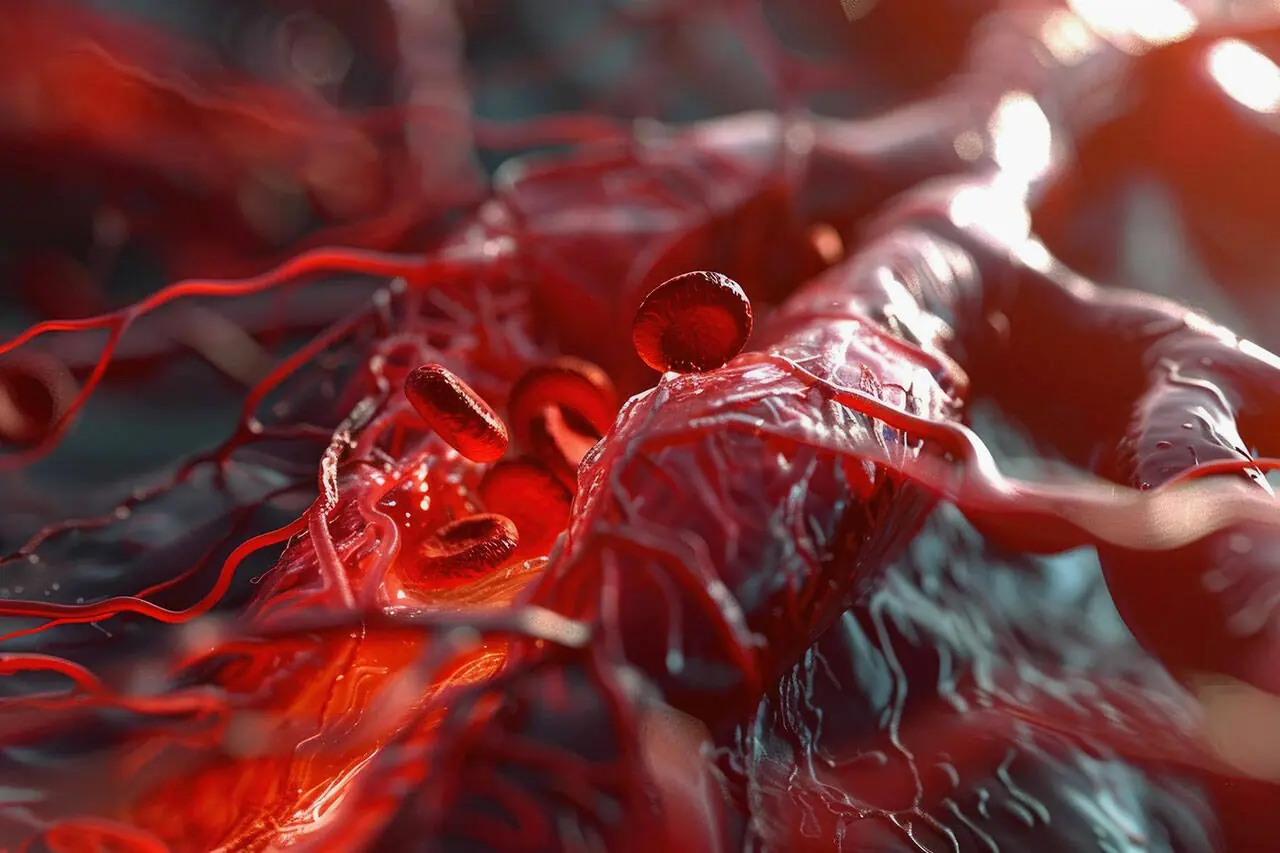
One Vitamin That Could Transform Your Circulation

Why Cold Showers on Hot Summer Nights May Keep You Awake

Lesser-Known Menopause Symptoms

Signs Your Cortisol Is Dangerously High

Genius Laundry Hack: Why Putting an Empty Plastic Bottle in Your Washing Machine Can Save Time and Hassle
It may sound strange, but dropping a simple empty plastic bottle into your washing machine could completely change the way you do laundry. This clever trick not only prevents clothes from tangling but also improves the overall cleaning process, making you

How long should frozen meat be thrown away? Here's the answer.

Put a Roll of Toilet Paper in the Fridge Overnight: The Unexpected Hack That Saves Families a Fortune
A simple household item can become a powerful money-saving tool if you know how to use it wisely. Believe it or not, placing a single roll of toilet paper inside your refrigerator overnight can help reduce odors, prevent frost buildup, and even cut down y

This is the reason why you should plant aloe vera in your home right away.
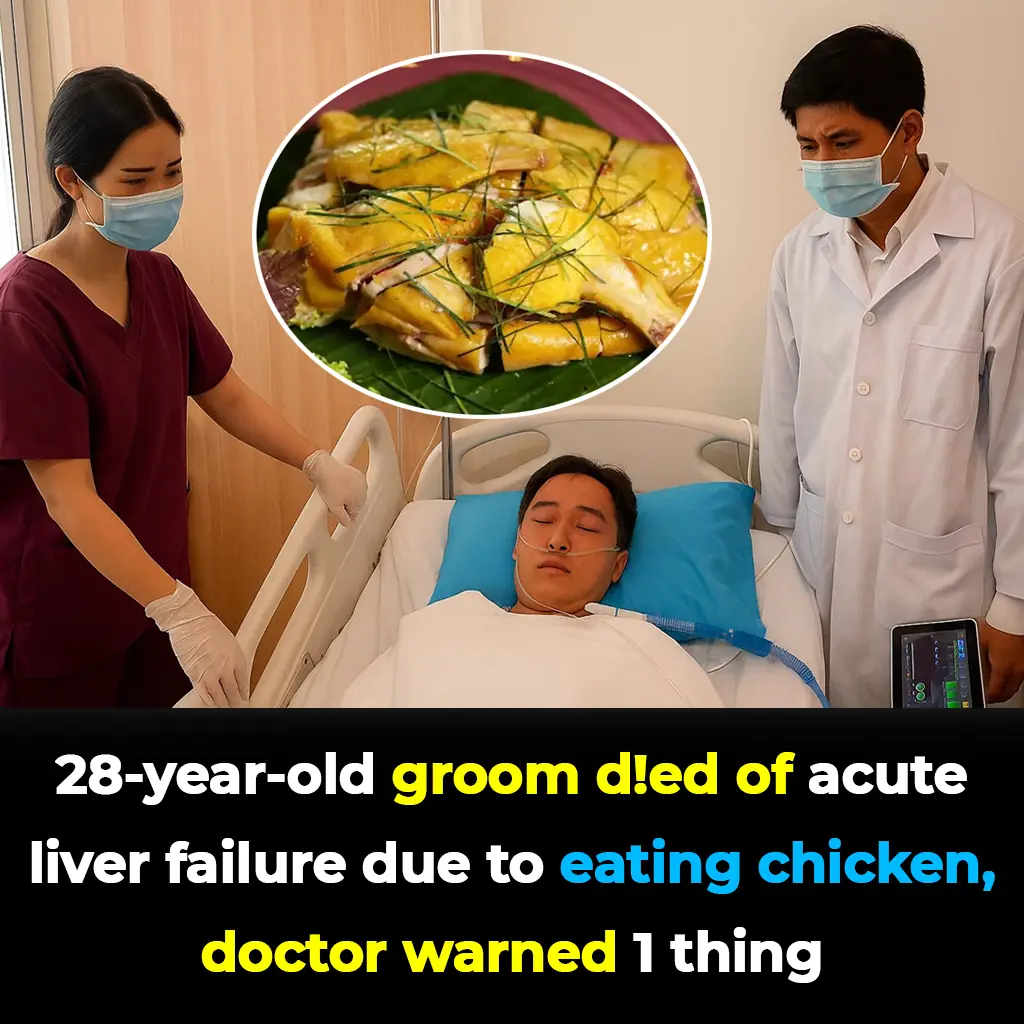
Groom-To-Be, 28, Dies of Acute Liver Failure After Eating Chicken: Doctors Urge the Public to Beware of This Hidden Danger
The tragic story of a young man in China who was preparing for his wedding but suddenly died from acute liver failure after food poisoning has shocked the nation. Experts warn that improper food handling and consumption of spoiled or contaminated food can

He Never Drank Alcohol but Died of Liver Failure: Doctors Reveal 4 Common Foods That Quietly Destroy the Liver
A man who stayed away from alcohol his entire life shocked his family when he was diagnosed with liver failure and passed away at just 55 years old. Doctors warn that alcohol is not the only enemy of the liver—certain everyday foods can be just as destr

Vitamin D Overdose: When Good Intentions Turn Toxic
Vitamin D is often celebrated as the “sunshine vitamin,” vital for bone strength, immune health, and even protection against certain chronic diseases. But while moderate amounts are essential, excessive or unsupervised intake can be toxic—and in som

6 Types of Pain You Shouldn’t Ignore
Occasional mild discomfort may not require urgent care, but sudden, unexplained, or severe pain always deserves medical attention.

Why You Shouldn’t Be Washing Bath Mats in the Washer

Snakes in Your House

Sessile Joyweed (Alternanthera sessilis): 6 Incredible Health Benefits and How to Use It Naturally
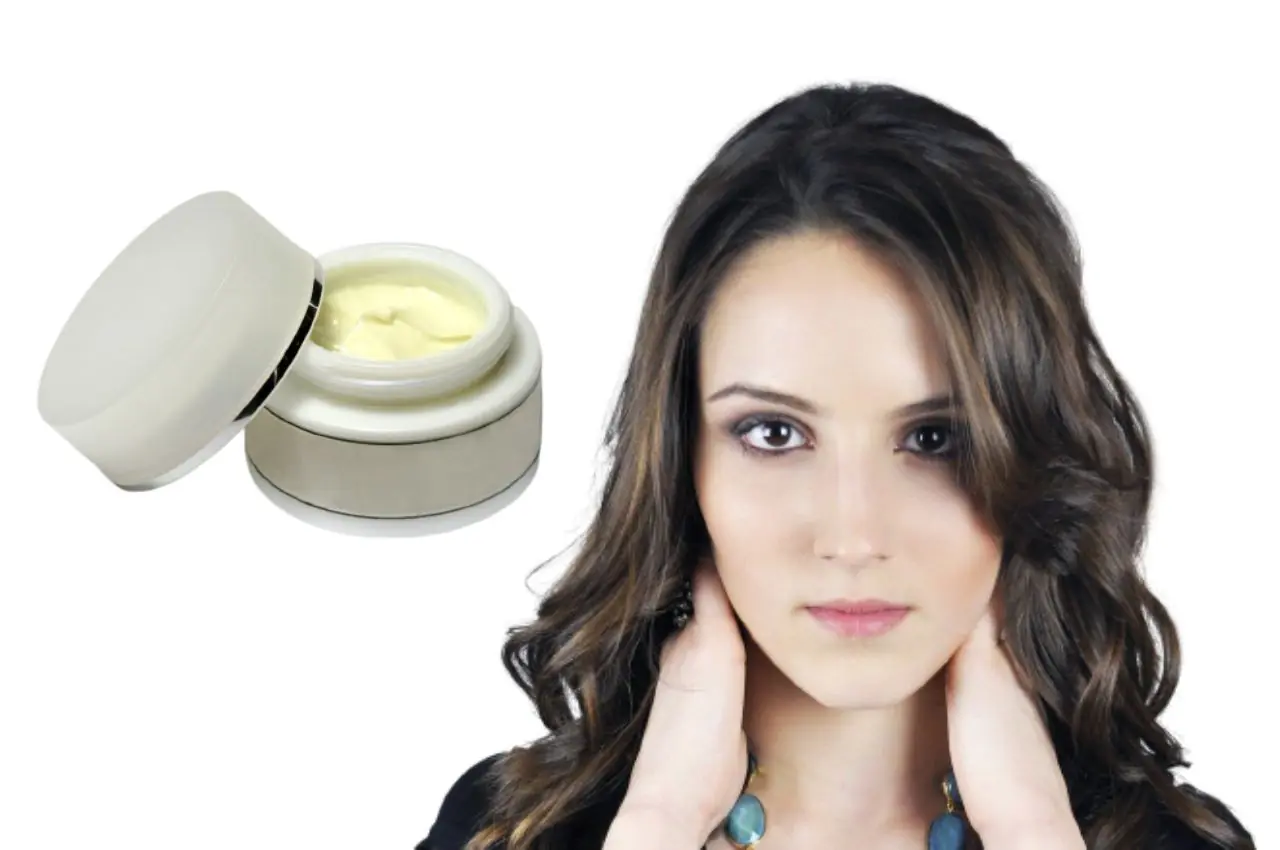
Top 5 Amazing Tips for getting rid of Blackheads and Whiteheads

✨ Unbelievable! This Is a Vein Killer! Erase Varicose Veins Like an Eraser! 🔝 2 Natural Recipes 🤩
